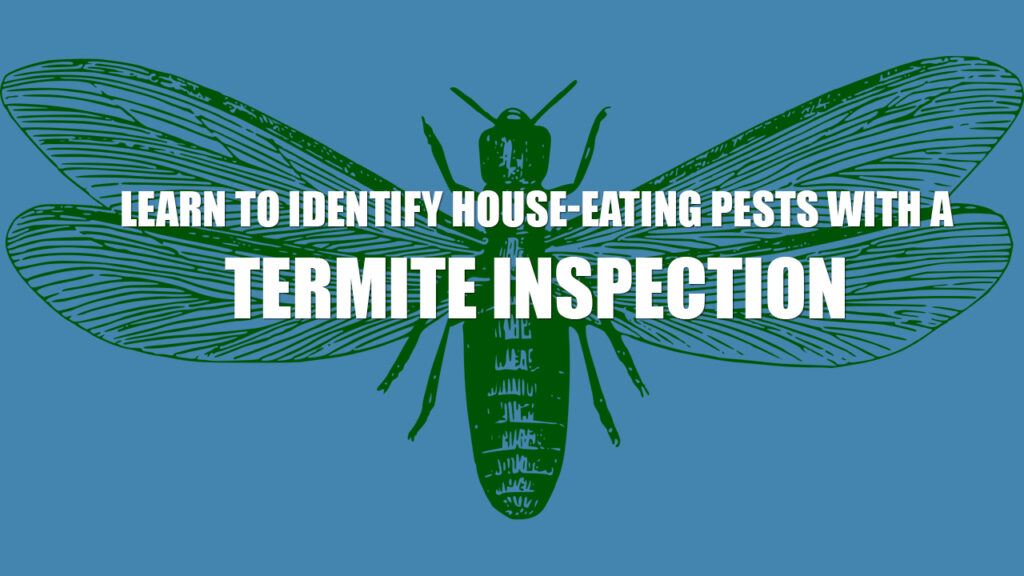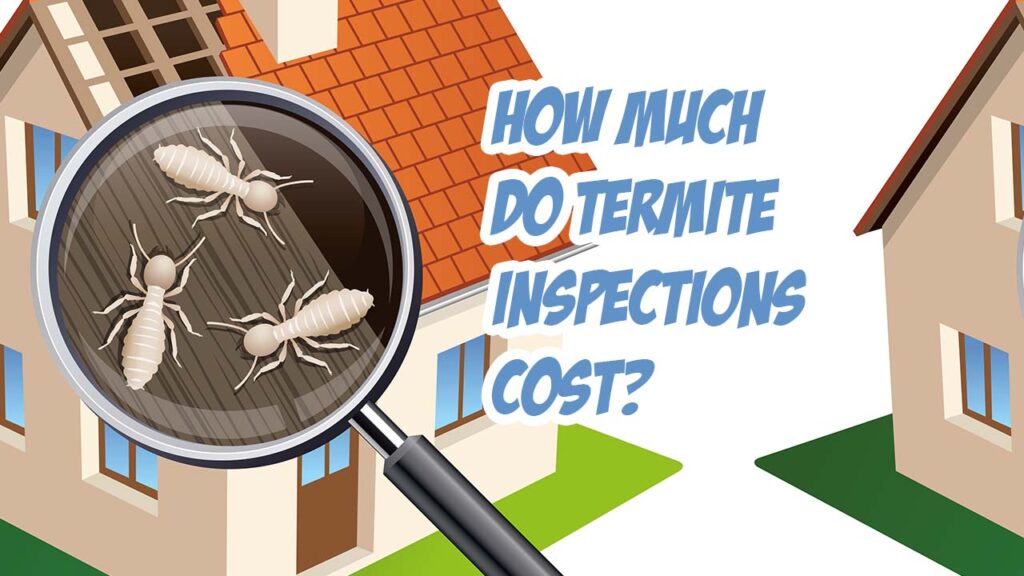
Techniques to Protect Against Termites
A thorough termite inspection is the first step towards making sure your home is protected from having its structural integrity compromised and severely damaged. Homeowners that neglect to have their properties examined by a pest control professional are risking the possibility of having to spend a great deal on repairs. It’s critical to keep in mind that once an infestation has developed, it’s not easy to control. The trouble is that these wood-eating insects are extremely difficult to detect (oftentimes nibbling away at a home for years before being discovered), and it usually takes the expertise and equipment of a termite inspector to uncover a problem. Below are some of the most effective techniques used to expose termite activity.
Identification With the Naked Eye
Since they are masters at hiding in deep, dark crevices within the depths of a home, termites aren’t generally observed the way you may see ants or other common household pests lurking around. Termite inspectors have been trained to know exactly what to look for and where to search in order to correctly identify an infestation. A professional’s familiarity and experience with the insects allows them to use their naked eye to find any hints of their presence and spot nearby swarms.
Visual Signs of Damage
Besides actually seeing a termite up close and personal, another method used during a termite inspection to determine past or present activity is to look for visual signs of destruction. This is primarily done around areas inside and outside of the home where wood or moisture is present, including window ledges, door frames, plumbing, furniture, firewood, tree stumps, etc. Hollowing, buckled and blistered wood or wood that shows strange straight lines are good indications of termite damage.
Moisture Meters
Termites are attracted to areas that can offer them a reprieve from warmer climates and will seek out anywhere with a high level of moisture. Moisture meters are a tool used by inspectors to calculate moisture content in locations where termites are frequently found. When a meter gauges excessive levels of moisture, it indicates the need for further inspection.
Thermal Cameras
Infrared thermal imaging cameras can also be used during a termite inspection to survey a room for possible moisture accumulation, symbolic of termite activity. Termite infestations typically cause temperatures to drop in the walls, flooring and roof of a structure. Even just a few degrees change from room to room can be a clue that suggests hidden areas of moisture and infestation, and thermal cameras can pinpoint just where that heat pattern has been altered.
Audio Devices
It’s possible for a trained inspector to hear termite sounds with the help of an audio device. Noises that would otherwise be too quiet for the human ear to hear on its own are amplified by acoustic probes and transferred to the inspector, who is then able to decipher if it’s actually the signature sound that termites make.
The best way to establish the presence of termites and the proper treatment plan is by implementing a variety of detection techniques during your termite inspection, such as the ones mentioned above.




